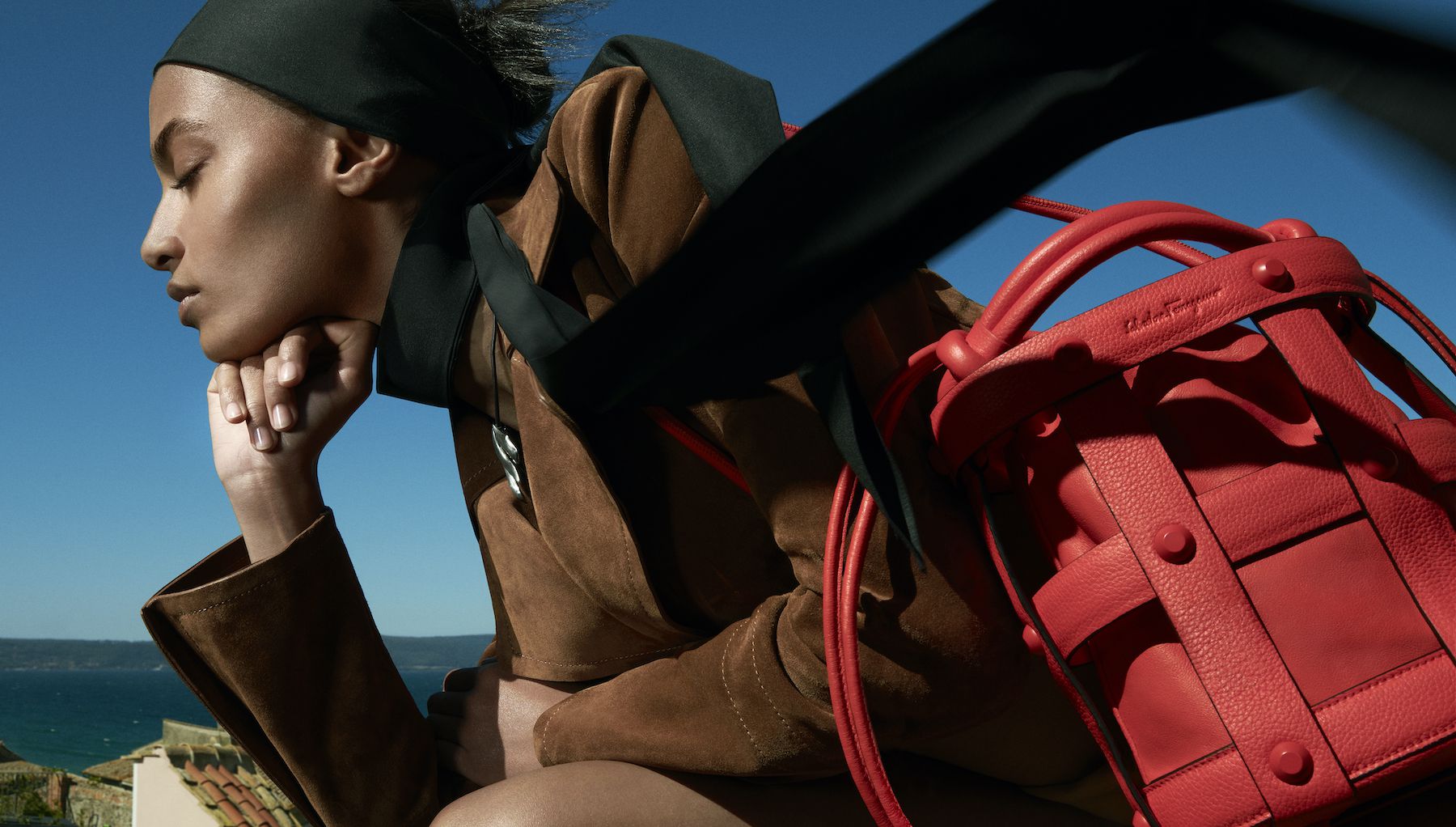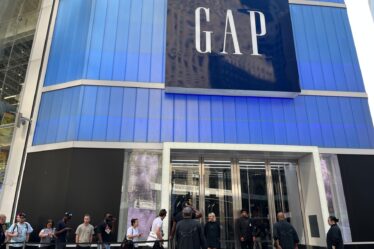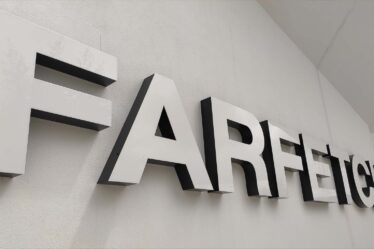
Salvatore Ferragamo aims to double its sales to around €2.2 billion ($2.4 billion) in less than five years, new chief executive Marco Gobbetti said Tuesday, allowing investors a first glimpse at his strategy for revamping the Florence-based shoemaker.
The former Burberry CEO said the company would revamp its stores, refresh its product lines, and double its marketing spend — all in the hopes of appealing to the crucial Gen-Z and young millennial demographic that has long eluded the brand.
The strategy was announced as Ferragamo struggles to bounce back from the pandemic, which hit the brand particularly hard following years of dwindling market share. First-quarter sales climbed 23 percent year-on-year to €289 million, Ferragamo said, but still remain 9 percent below pre-pandemic levels. By contrast, first-quarter sales at larger rival LVMH surged 44 percent above pre-pandemic levels.
Speed underpins Gobbetti’s vision for getting the brand back on track: both in terms of the rhythm with which Ferragamo communicates with consumers and the pace of the plan’s execution, Gobbetti told investors.
“There is a lot of value that we can extract in a relatively short amount of time from the brand,” Gobbetti said. The US and China will be key growth engines for the brand, he added.
Central to the new strategy is a product refresh, to be spearheaded by Maximilian Davis, the emerging British-West Indian designer Gobbetti appointed as the house’s creative director in March. Focusing on shoes and leather goods, Davis is being tasked with bringing fresh energy to the label.
Ferragamo hopes Davis will design products that are more in tune with what young luxury customers are looking for today: fun, casual, trend-led — and fast. The company plans to drop new products and collaborations more frequently in order to improve brand heat and relevance, Gobbetti said.
Alongside the refreshed designs, the company plans to double its marketing investment in a bid to re-energise the Ferragamo brand and the way it communicates with its customers.
Digital investment, another area where the company has historically lagged behind, is a priority, while the store network will also undergo a refresh.
Between 2023 and 2026, Ferragamo expects a capital expenditure of €400 million, roughly two-thirds of which will be invested into the new store concept, with the remaining third invested in technology and reinforcing the brand’s supply chain.
“We have underinvested in a number of areas and this needs to be corrected. This is the boldness of the plan. It’s not a rebuild, it’s an acceleration, but we need to invest in order to fuel the growth,” said Gobbetti.
Promises to introduce buzzier products, refresh stores and become more digitally savvy may seem familiar at Ferragamo: the company spent years trying to reinvigorate its business under designer Paul Andrew and CEO Micaela Le Divelec Lemmi, who exited last April and September, respectively.
While previous rounds of executives also touted big plans, the roll-out tended to be muted compared to the bold overhauls undertaken by brands in France’s big French groups. Novel and eye-catching products often struggled to find an audience within the framework of Ferragamo’s fundamentally conservative brand.
Once regarded as an innovative shoemaker — famous for dressing Old Hollywood stars like Audrey Hepburn — the brand grew a global business outfitting businesswomen and the country-club set with block-heeled loafers and pumps. But the brand’s image has gradually grown dusty, failing to rejuvenate along with the increasingly youth-driven luxury market.
Last year, sales rose 32 percent to €1.136 billion, but remained well below pre-pandemic levels. By contrast, French rivals like LVMH and Hermès bounced back from the pandemic stronger than ever with record revenues.
The market for luxury footwear is growing fast, providing a clear platform for Ferragamo to grow if it can get its brand image and products back on track.
But the broader outlook for luxury is increasingly uncertain. Strict lockdowns in China have clouded the sector in uncertainty; along with mounting inflation, continued supply chain challenges, and Russia’s invasion of Ukraine, all of which are seen as increasing the risk of a recession that could cut fashion’s post-pandemic rebound short. According to Bernstein’s Luca Solca, “the situation in China is much worse compared to the lockdowns in summer 2021.”
Ferragamo’s plan also leans heavily on designer Davis, who has emerged as one of London’s buzziest young talents but remains inexperienced at 26 years old.
Yet Davis’ namesake label has dressed Kim Kardashian, Rihanna and Dua Lipa, and was shortlisted for the prestigious LVMH Prize this year (the designer pulled out of the competition to take the role at Ferragamo).
Gobbetti says he’s confident the young designer’s creative leadership will help Ferragamo land with the young customer it desperately needs to reach.
“The reason why Maximilian is coming on board is to connect the brand with the new consumers and the new audiences,” said Gobbetti. “He is very capable of doing that, not only in terms of product but also in terms of communication and content.”



